- Knowledge Overview
-
If the bamboo are cut and left untreated, it is likely to be damage by mold and pests, and also fade and deteriorate with time and direct sunlight. Oil removal is a technique that removes oil from bamboo to increase its durability. This removes dirt from the bamboo surface, increases its shine, and has the effect of prolonging the beauty of the product for a long time after processing. Oil removal can be classified into dry and wet methods. This Knowledge covers the wet method of oil removal, which is a more supple finish and has been adopted by producers.
- Background (history and development)
-
In Japan, bamboos grow wild or cultivated throughout the country and are classified into 131 groups, including madake (Phyllostachys), moso bamboo, hachiku, and chishimazasa (Sasa kurilensis). Within these, useful species are used in agriculture, fishing, and as tools for non-terrestrial living. Rantaishikki: urushi lacquer ware made by bamboo (containers made of woven net-like bamboo coated with lacquer) was unearthed at the Korekawa Ruins in Aomori Prefecture from early Jomon era’s ruins, indicating that its history goes back at least several thousand years.
The surface of the bamboo culm (kan: stem part) is covered with a wax component called “oil,” which is water repellent. Bamboo products can be made from either green bamboo that has been harvested and waxed in its natural state, or white bamboo (or bleached bamboo) that has undergone an oil removal (or bleaching) process (Figure 1). Those produced by the former are called green bamboo and those produced by the latter are called white bamboo. Green bamboo without special treatment has been used for consumable items necessary for daily life, such as farming tools, fishing equipment, and kitchen utensils. Its water repellency makes it suitable for exteriors such as bamboo fences that are exposed to rainwater. On the other hand, white bamboo, which requires a lot of time and effort to remove oil after harvesting, has been used for tools that require toughness and durability, such as bows and arrows and fishing tackle, as well as for crafts that pursue beauty. In the case of artistic works, green bamboo is sometimes used to bring out its natural beauty, but more often white bamboo is used to preserve the beauty of its surface.
The oil removal method to obtain white bamboo can be classified into the dry method, in which the bamboo is burned over a fire to melt and wipe off the wax, and the wet method, in which the bamboo is soaked in a heated alkaline aqueous solution to dissolve the wax. There is no established theory as to the origin of either method, but it appears that the dry method has been practiced longer. The wet method, which is suitable for mass production, was developed as the quality of bamboo products improved and the bamboo industry was established, and it is still used in various parts of Japan to this day.
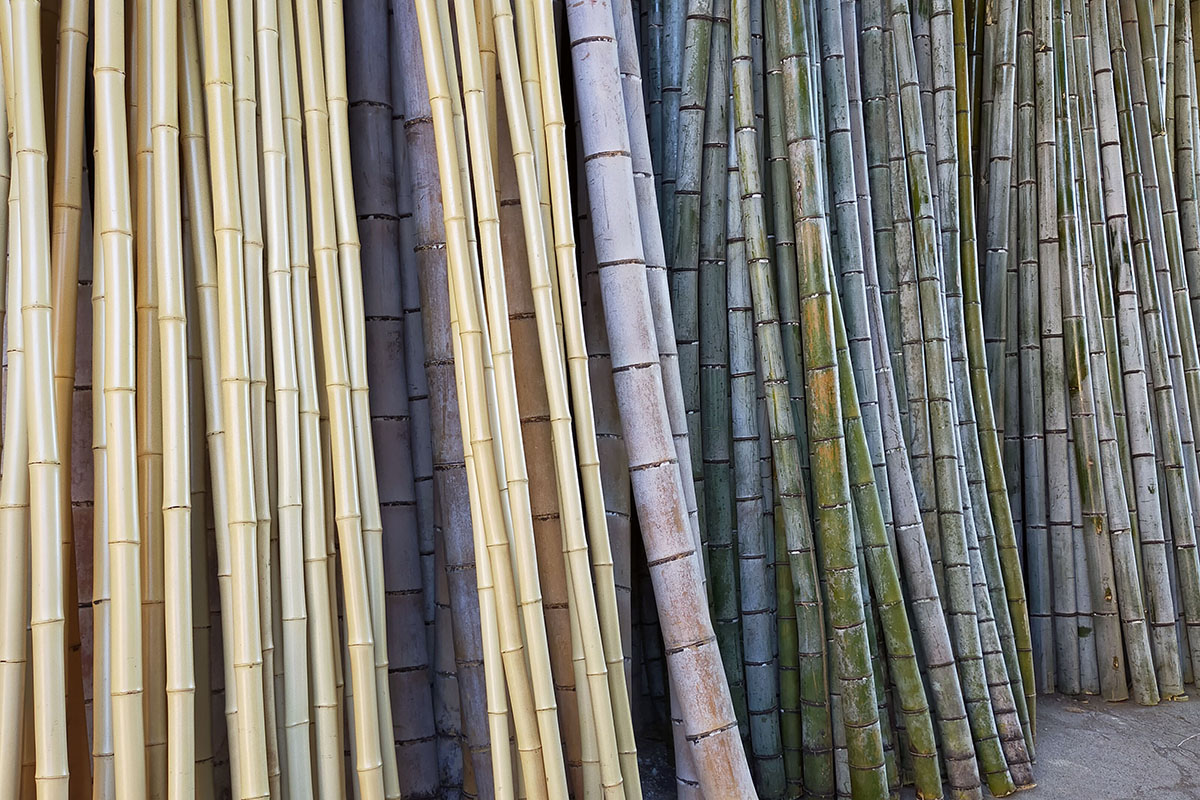
Figure 1. Comparison of bamboo before and after oil removal (right: before oil removal, left: after oil removal) - How to Apply Knowledge
-
The dry method of oil removal, also called as hizarashi, is a method of roasting bamboo over an open flame to float the oil and then wiping it off. Skilled techniques are required, such as the degree of heat, and the amount of bamboos that can be processed at one time is small. On the other hand, the wet method, also called yusarashi, involves boiling bamboo in an alkaline aqueous solution to make the oil float and to remove it. Alkali is added because the saponification reaction breaks down and dissolves lipids. The larger equipment used for boiling makes it possible to increase the amount of material processed at one time, making it suitable for mass production, and it is often used by bamboo producers as an industrial process. Furthermore, while the dry method has higher durability, the wet method produces a more supple finish and is suitable for braiding. This knowledge covers wet method oil removal processing and describes the process.
- Heat an alkaline aqueous solution of caustic soda (sodium hydroxide). For caustic soda water, adjust sodium hydroxide to about 0.03-0.05% by weight. Potassium hydroxide can be used as well.
- Soak the bamboo in an alkaline aqueous solution which is heated to at least 70°C and close to 100°C and boil them for 10 to 15 minutes.
- Remove the bamboo and wipe off the oil and dirt that has seeped onto the surface with a cloth (Figure 2).
- Repeat (2) to (3) once for madake (Phyllostachys) and twice for moso bamboo.
- Dry in the sun for half a month to a month to dry thoroughly.
The only equipment required is a kiln and a heat source, and the bamboo manufacturing industry uses a special noborigama (kiln) that can boil long bamboo that is over 5 meters long in an alkaline aqueous solution (Figure 3). If the length of bamboo material is short, it is possible to use a stainless steel water tank and a gas stove (Figure 4). Caustic soda (sodium hydroxide) is highly corrosive to proteins and is designated as a deleterious chemical, so it should be handled carefully. Alternatively, soda water, soapy water, or wood ash can be used. However, the time, duration, and frequency of bleaching should be adjusted according to the processing time, climate, species and age of the bamboo, and the time of harvest, as well as the amount of processing.
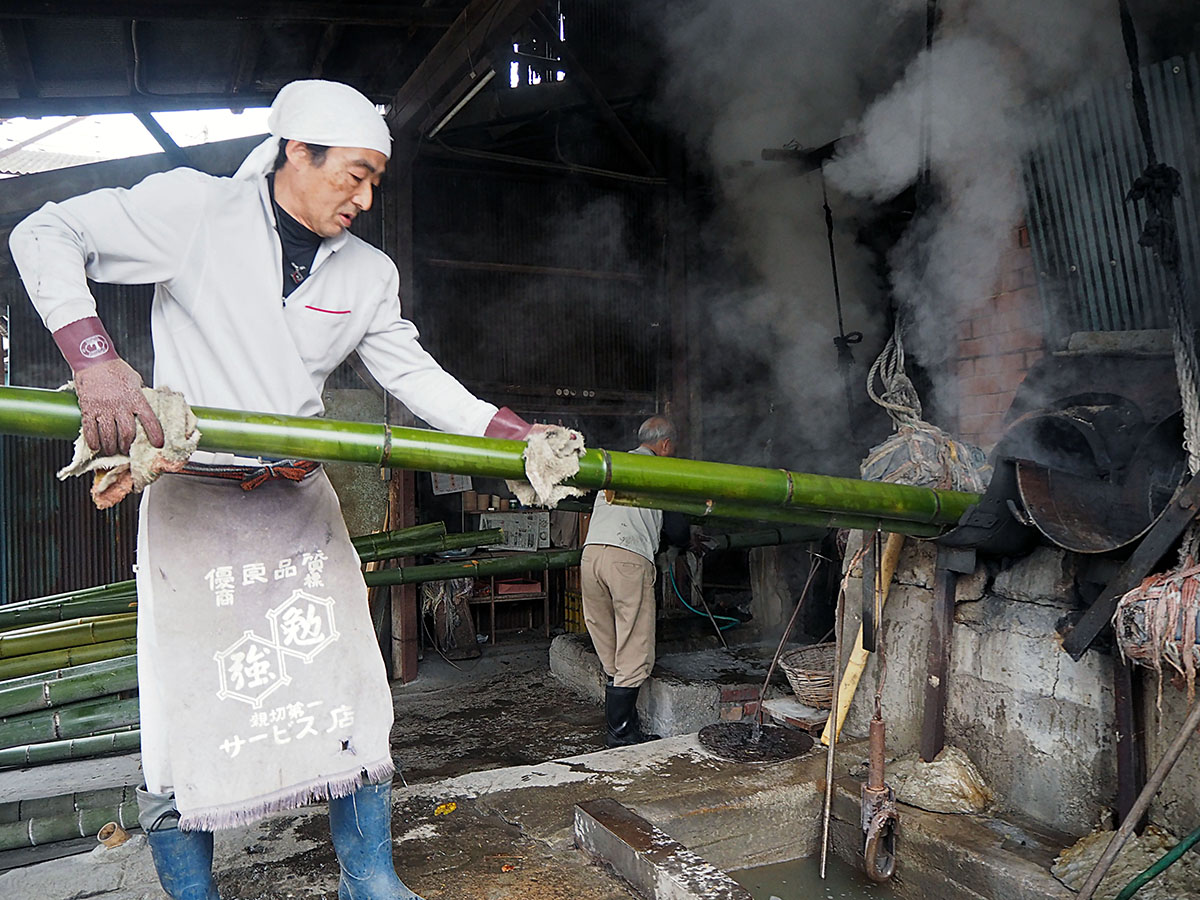
Figure 2. Several bamboo strips are placed in a Noborigama (kiln) filled with caustic soda water, boiled, and the oil is wiped off (NAGAI SEICHIKU Inc., Beppu City, Oita Prefecture). The surface of the bamboo becomes cream-colored as it dries after this process.
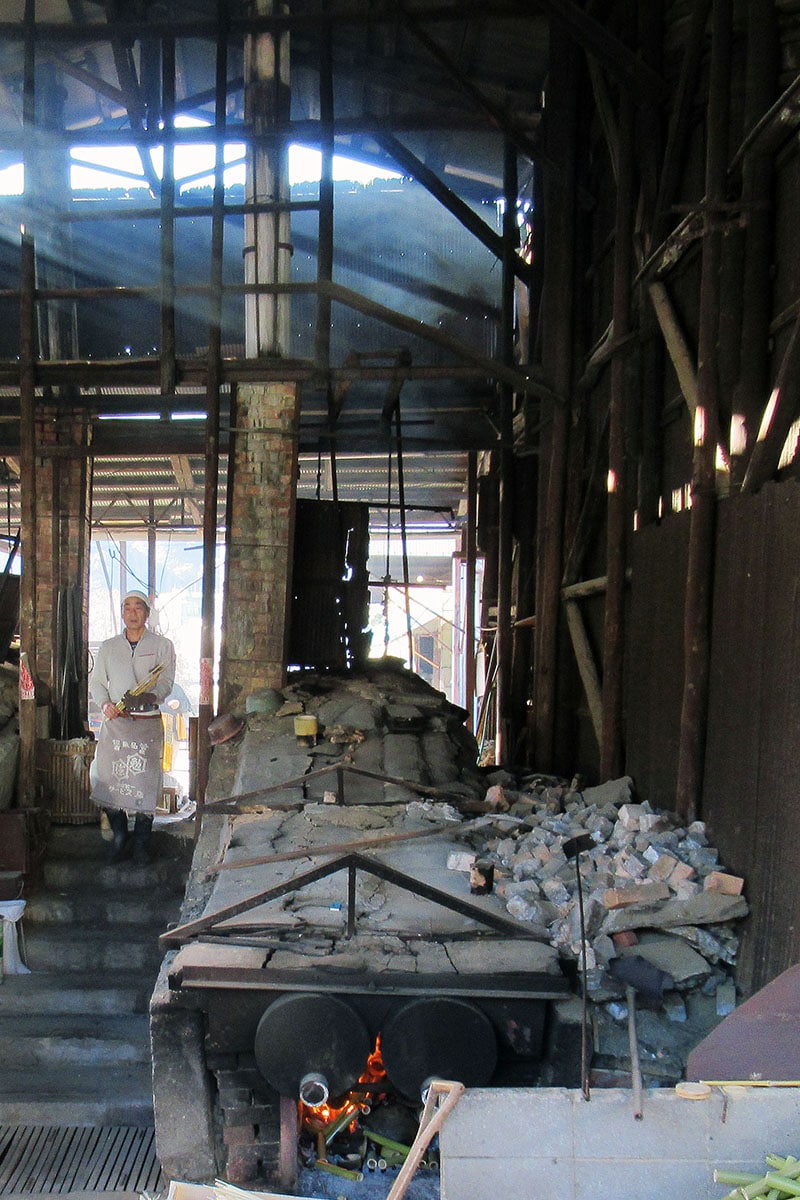
Figure 3. Noborigama (kiln) for oil removal. NAGAI SEICHIKU Inc. (Beppu City, Oita Prefecture)
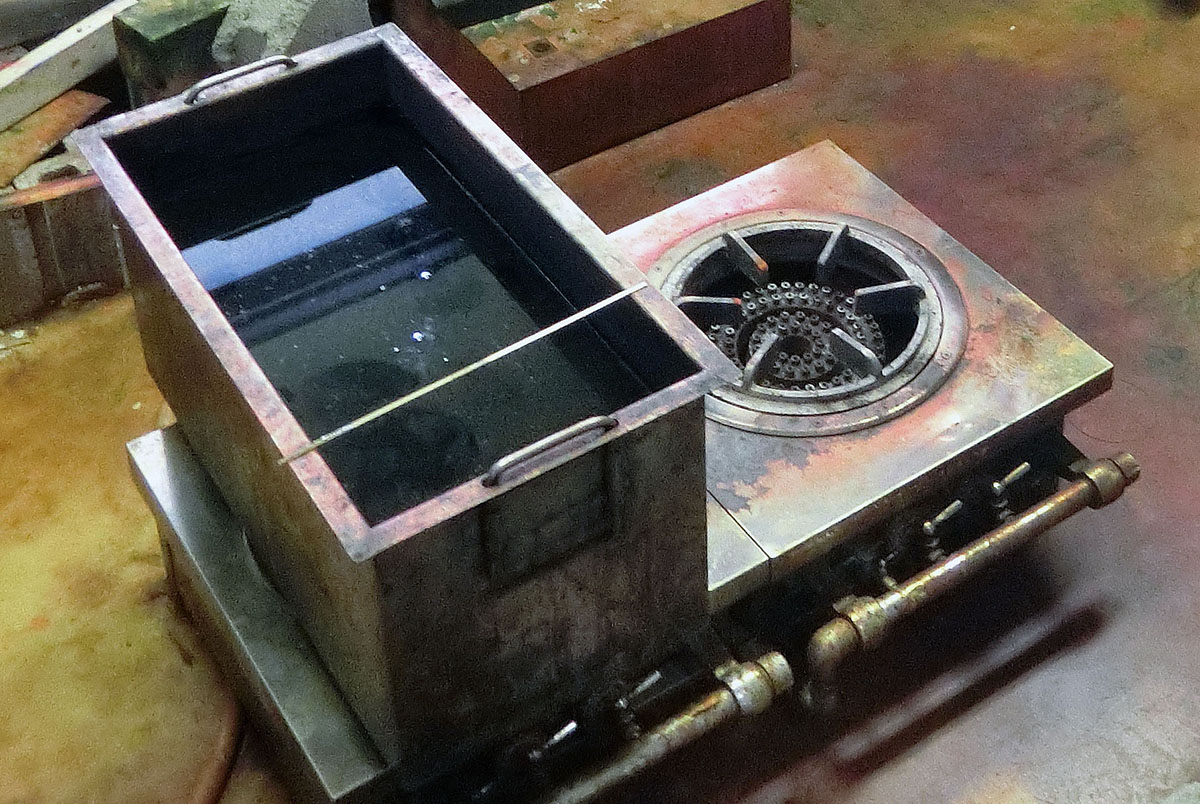
Figure 4. Oil removal device for boiling a small amount of bamboo (Oita Prefectural Bamboo Crafts Training Center) - Examples of Applying Knowledge
-
The woody parts of bamboo culms contain high levels of sugars and starch, which can be easily damaged by mold and pests if left untreated. In addition, fading and deterioration will progress over time and due to direct sunlight. Therefore, the oil-removal process removes the oil from the bamboo and also the sugars, and drying reduces the moisture content, thus increasing durability. Removal of oil removes dirt from the bamboo surface and increases its shine, making the beauty of the product last for a long time. Because the blue skin changes to a cream color, oil removal is also called sarashi processing (bleaching), and the processed bamboo is usually called white bamboo or sarashi bamboo (bleached bamboo). Products made from white bamboo are called shiro-mono (white bamboo), and are distinguished from ao-mono (green bamboo) made from green bamboo without oil removal (Figure 5). The oil removal process not only enhances the quality of the finished product, but also stabilizes the quality of the product, making it easier to control quality.
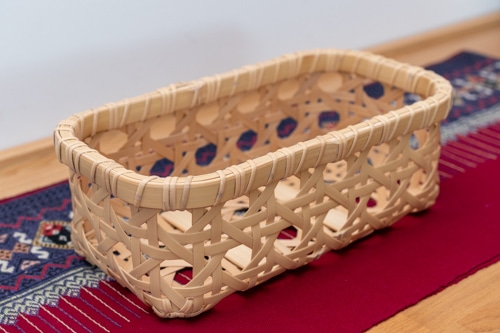
Figure 5. Bamboo basket by white bamboo (Beppu Bamboo Work) In Asian countries, bamboo products are expected to be candidates for forest-related business products. Bamboo grows quickly and takes only a short time to be converted into cash, making it easy for participating residents to realize the benefits of the business. On the other hand, the quality of products in developing countries is generally low, creating a barrier to entry into high value-added markets such as those for wealthy domestic consumers, foreign tourists, and exports overseas. By introducing oil removal processing and making it possible to produce high-quality and stable products, it can be expected that the forestry business could grow into a more profitable business.
However, there are many types of bamboo, and each type has different characteristics such as oil content, thickness, and hardness. Therefore, when introducing oil removal processing to different countries and regions, it is necessary to adjust the process to the type of bamboo used locally. For alkaline aqueous solutions, locally available alkaline raw materials and concentration adjustment according to the raw materials are required.
- Positioning and Characteristics of Knowledge in Japan
-
The dry method of oil removal is thought to have been used in many places for a long time. The dry method is used in Kyoto for the Kyo-Meichiku bamboo. On the other hand, the wet process is suitable for mass production, and its supple finish makes it suitable for braiding. This is a technique that has been cultivated along with the development of bamboo crafts production areas throughout Japan. In the wet method, if the alkali concentration is too high, the bamboo material will turn too yellow, and if the concentration is too low, the oil will not be completely removed, making it difficult to obtain the desired effect. Craftsmanship and experience are required to achieve the desired bamboo material.
The commercial flow of bamboo products in Japan involves a detailed division of labor from material production to product processing: the owner of the bamboo grove, the cutter who harvests the bamboo, the bamboo store that processes the material such as removing oil from the bamboo, and the bamboo product producer. Each process has developed its own expertise. On the other hand, producers who specialize in green bamboo go into the mountains themselves to procure bamboo materials.
The development and inheritance of the oil removal technique as a knowledge is attributed to the existence of bamboo manufacturers, who once cut bamboo from the mountains, consolidate it, improve its quality as a material, and sell it to producers, and is considered to have developed in close relation to the commercial structure of bamboo products in Japan.
- Owners/inheritors of knowledge
-
Methods of oil removal are taught in specialized bamboo craft courses, etc. For example, the Oita Prefectural Bamboo Crafts Training Center offers a bamboo crafts course (capacity: 12 people, training period: 2 years), and the Beppu City Traditional Bamboo Crafts Center offers bamboo classes and provides machinery for city residents. Traditional Arts Super College Of Kyoto (Nantan City, Kyoto Prefecture) offers a course in bamboo crafts.
- Related URLs (in Japanese)
-
- KOGEI STANDARD Glossary of Craft Terms:
https://www.kogeistandard.com/jp/resource/ (Reference: 2/10/2021) - Non-profit Organization Asia Crafts Link
Website URL:https://www.acl.or.jp/contact/
- KOGEI STANDARD Glossary of Craft Terms:
Your Knowledge could start making a change, when issue is faced; in forest conservation, or in value chains to use forest resources in a sustainable way.


Your Feedback.